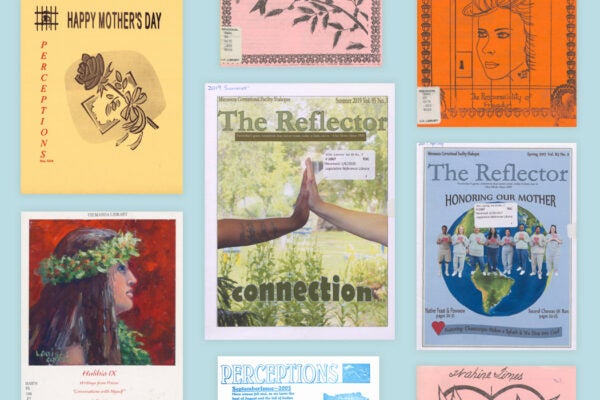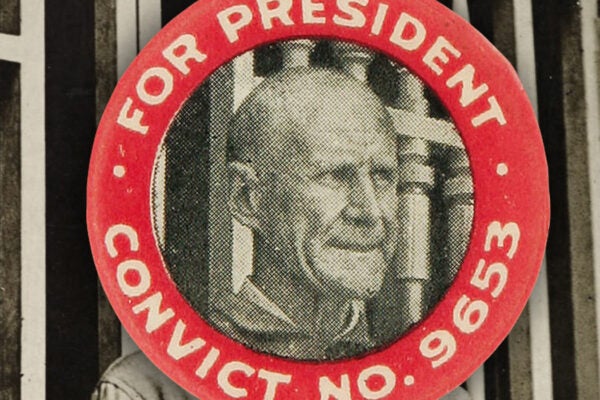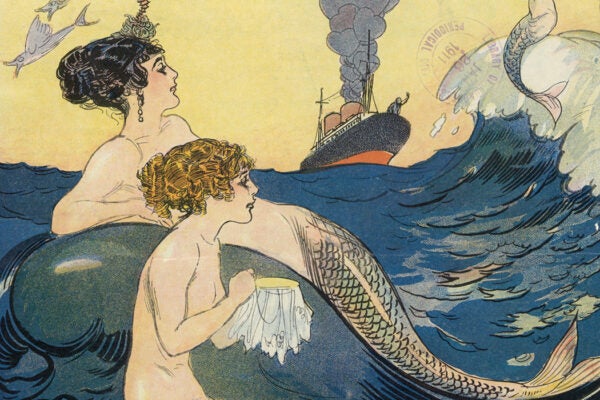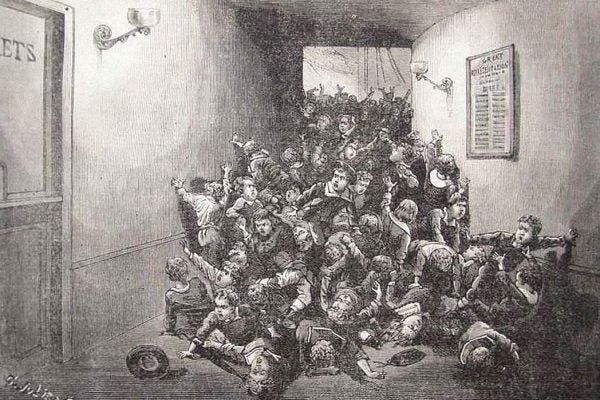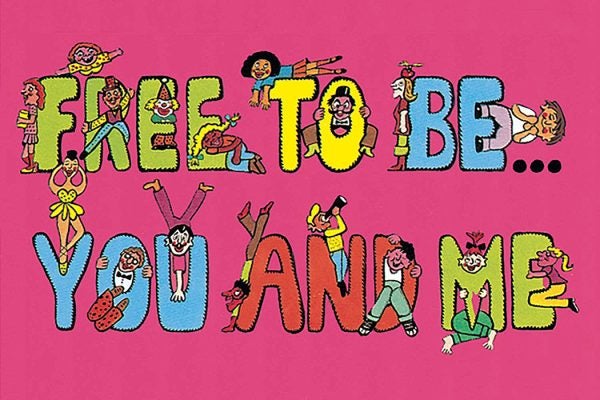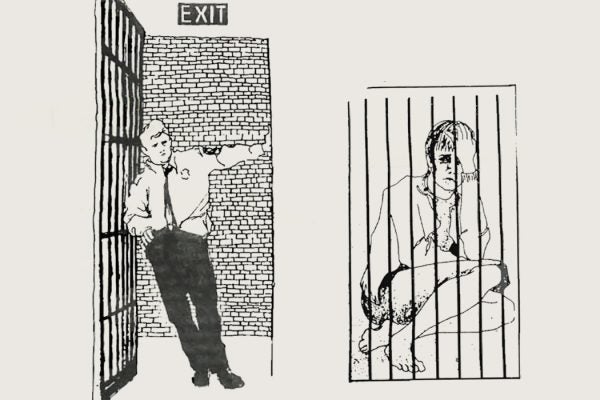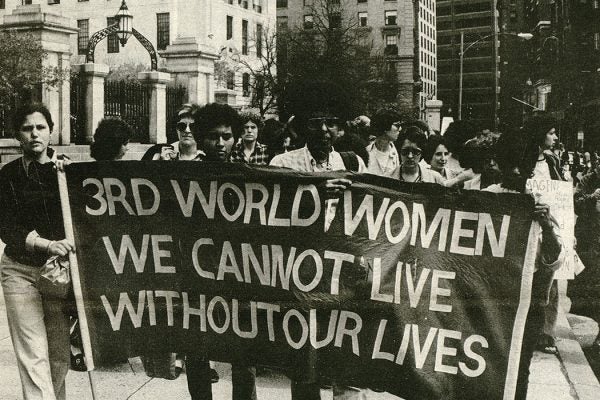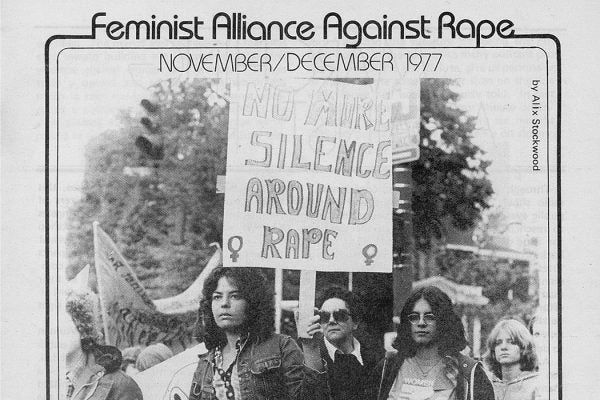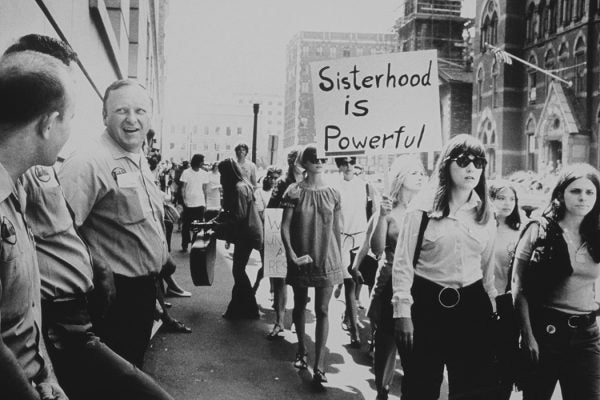Studying Women’s Prison Newspapers
Reveal Digital's American Prison Newspapers Collection offers first-person perspectives about what matters to women in prison, from pregnancy to recovery.
A Million Americans Once Voted for an Incarcerated Socialist
Eugene Debs campaigned for both president and prison reform from a federal penitentiary. His critiques of the prison system still resonate.
Mermaids: Myth, Kith and Kin
Ariel epitomizes mermaids now, but these beguiling creatures precede her by millennia, sparking imaginations the world over with a hearty embrace of otherness.
Death by Crowding
In the aftermath of tragedies, it's easy to focus on the assignation of blame. But how well do we understand the causes of crushing crowds?
Don’t Dress Your Whale in Galoshes
Free to Be... You and Me was meant to help rear a generation free of sexist stereotypes. Fifty years on, some of its well-intentioned messages are worn around the edges.
The Other Crime Victims
Can perpetrators of crime also be victims of crime?
The Combahee River Collective Statement: Annotated
The Black feminist collective's 1977 statement has been a bedrock document for academics, organizers and theorists for 45 years.
Feminism, Self-Defense, and (Not) Calling the Cops
The feminist movement of the 1970s worked to raise awareness of violence against women, but diverged on the role of law enforcement in fighting it.
Little Red Riding Hood On Campus: Women & Public Space
According to one criminologist, “constructing public space as dangerous to women ... reinforces traditional gender norms which emphasize women as vulnerable."
Consciousness-Raising Groups and the Women’s Movement
In the 1970s, one of the most powerful tools of feminism came from speaking out loud the nature of oppression.
